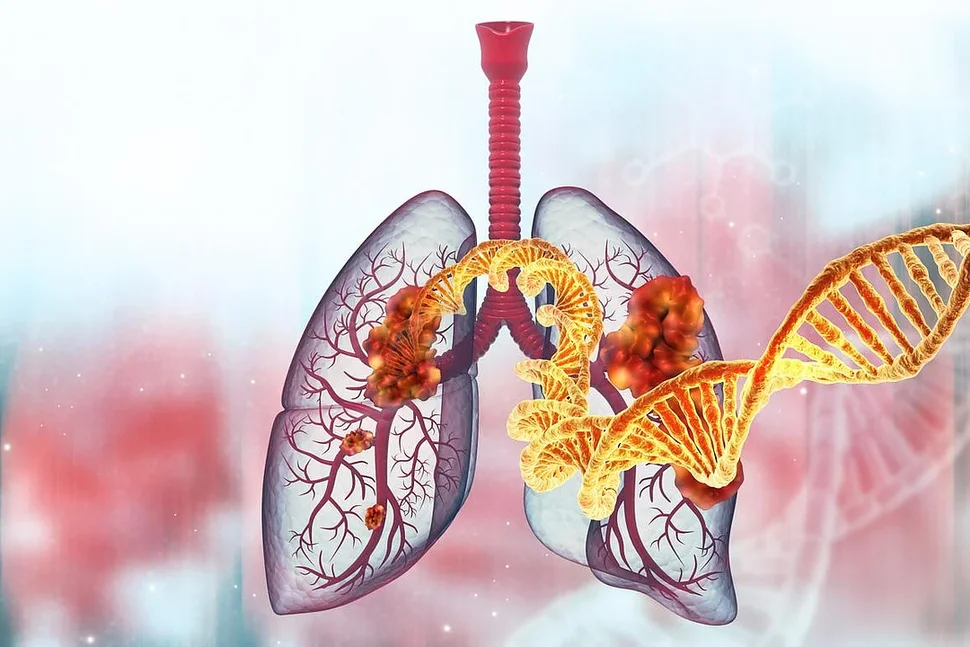The cancer mortality rate continued to decline but increases in cancer in young people, women and populations of color are concerning.
While more Americans are surviving cancer, the latest research indicates the burden of the disease has shifted as more cases are occurring among women and younger adults.
The cancer death rate in the U.S. declined 34% from 1991 to 2022, according to a new report released Thursday by the American Cancer Society, dropping by 1.7% each year from 2013 to 2022. Overall, the report estimates more than 2 million new cancer diagnoses will occur in the U.S. in 2025 with nearly 620,000 related deaths.
The decline in cancer mortality over the past three decades has resulted in an estimated 4.5 million fewer deaths. And is fueled in large part by drops in the mortality rates of lung, breast, colorectal and prostate cancers, four of the most common cancer types.
While the risk of developing cancer has long been known to increase with age, incidence rates are increasing among younger adults for many common cancers.
Cancer risk has increased in non-elderly women, where the cancer incidence rate among women ages 50 to 64 years at 832.5 cases per 100,000 has surpassed that of men in the same age group at 830.6 per 100,000, while rates in women under age 50 were 82% higher than men under 50. Notably, in people younger than 65, incidence rates of lung cancer were higher in women for the first time at 15.7 per 100,000 than in men (15.4 per 100,000).
Additionally, the study found persisting inequalities in cancer mortality among communities of color, with the death rate among Native American people two to three times higher than white people for cancers of the kidney, liver, stomach and cervix. Black people were twice as likely as white people to die of prostate, stomach and uterine cancers and 50% more likely to die from cervical cancer.
Senior study author Dr. Ahmedin Jemal, senior vice president of surveillance and health equity science at the American Cancer Society, says while the overall decrease in cancer mortality reflects progress in early detection and treatment, the study’s findings also highlight the work that still needs to be done to address disparities in outcomes.
“Cancer mortality has continued to decline since the 1990s when rates peaked,” Jemal says. “But mortality is not declining for all cancers.”
Jemal spoke with U.S. News about the study’s findings, and what the shifts in cancer risk from older to younger adults, and from men to women, means for efforts to address the disease moving forward.
The interview was edited for length and clarity.
What is the most striking finding in the study?
I think the most interesting finding in this report was the shift in the burden of cancer from men to women. If you look at the 1990s, incidence rates were almost 60% higher in men than in women, but for the most recent year for which we have incidence data (2021), now the incidence rate is only 11% higher in men than in women.
But if you look at it by age, for people 50 to 64 years, in mid-2000, incidence rates were about 20% higher in men than in women, but in 2021 they are the same because of an increase in incidence rates among women in that age group and continuous decline in men.
What’s causing the increase among women and younger adults?
If you look at only breast cancer, breast cancer has continued to increase since the early 2000s, and it accounts for 1 in 3 of all cancer cases in women. One reason behind the increase in breast cancer in women has been the reduction in fertility rates, because (pregnancy-related factors are associated with a lower risk of breast cancer)..
As far as the higher rates of lung cancer in women than men under age 65, the smoking quit rate has historically been lower in women than in men. As a result, the reduction in incidence rate in lung cancer is much steeper in men than in women. So it is not because lung cancer incidence is increasing in women, but the decline in incidence rate is steeper in men than in women.
We’re making progress because look back about 20 or 30 years ago, mortality was increasing for many of the major cancer sites. Rates for the major cancer sites have been declining because of reductions in tobacco use – for lung cancer – and improvements in the detection and treatment for many cancer types.
So, I think we are making progress, but still we have a long way to go because we are not really applying what we know in cancer prevention and control to all of the population. Unfortunately, over 40% of cancer cases that occur in the U.S. are potentially modifiable. What I mean by potentially modifiable is by quitting smoking, and we know having excess body weight is associated with many cancer sites, including pancreas, breast and colorectal.
Individual behavior is important, but policy is the most important factor in changing people’s behaviors.



